Mobile photography
21/07/2022 2024-10-12 23:30Mobile photography
Mobile photography has evolved leaps and bounds in less than 15 years. Picture this: It’s a clear night sky with twinkling stars that dot the pitch-black canvas. But you are far away from home in your quiet little campsite and you reach for your phone to capture the indelible beauty of the darkness that weighs around to you. You don’t need a high power DSLR with specs that run the length of the horizon to capture the night sky. All you need is a smartphone camera, the better specs and optimization, the better picture.
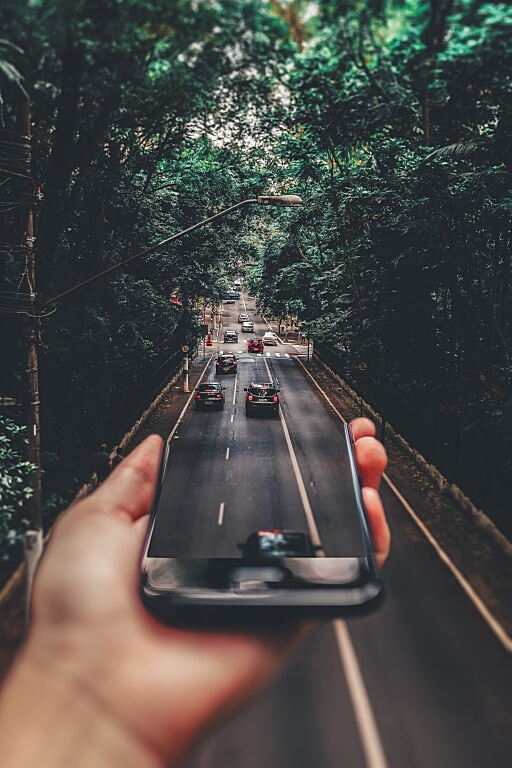
Beautiful sunsets, swallowing darkness, bright green canopy of the forest, fluttering little birds, your little moments that make life precious, all within the in-built cameras in your smartphone. That’s how much the technology has developed and it still charts an exponential growth in the market. These cameras fit right in your pocket, enabling you to preserve precious memories in remarkable detail without dragging a whole kit around. Let’s look back on the incredible journey we’ve had with mobile photography, and 4 tips for creating quality photographs using the technologies built into many modern smartphones.
Smartphone Photography – A scroll down the gallery
Those of us old enough to remember small plastic phones with dial pads and the pixelated snake that gobbled up equally pixelated dots on a tiny screen would know how far technology has brought us in just a short span of 15-20 years. Just the presence of an in-built camera in a mobile phone was a feature because the pictures it delivered were barely discernible and there was no such thing as capturing a picture in low-light scenario or water proof phones with IP ratings.
To put this explosive development in perspective: The first camera phones released in the year 2000 had only enough storage space a maximum 20 photos, and each image was capable of resolution anywhere from 0.11 to 0.35 megapixels.

Less than few years from the low-resolution pictures, mobile photography had advanced significantly to include basic flash features, self-timers, primitive zoom functionality, and the first ever iterations of “filters”, nothing as fancy as the endless applications offer. Just black & white and Sepia. These devices were still limited to around 1.3 megapixels.
By 2010, we could see the technology progress at a rapid pace as it laid the foundation for features that largely shaped modern mobile camera technology — video capabilities, touchscreen, panoramic photos, and the emergence of built-in software features for image editing, filtering, and retouching.
Today, we’ve come quite far from those early, grainy photos snapped on little plastic phones with dial pads. The most advanced smartphone cameras of 2022 boast a camera galore behind the screen, the ability to shoot in formats like wide-angle or telephoto, and 64-megapixels (Factoid: despite common perception, megapixels are not always the most telling metric of a camera’s quality).
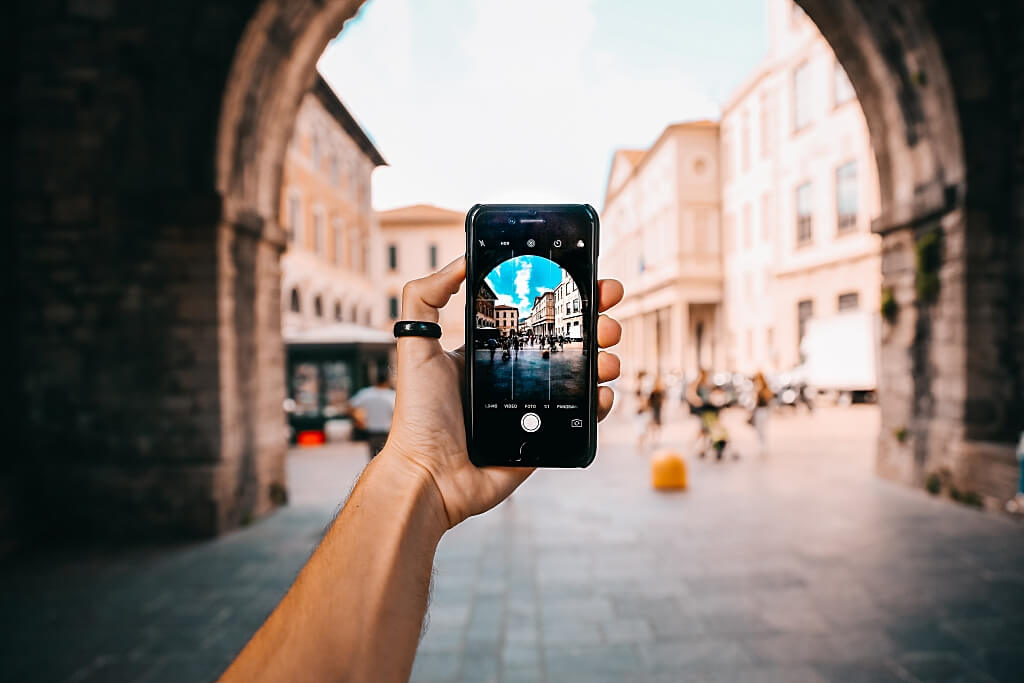
Today’s smartphone cameras also include features like low-light functionality, super-fast autofocus, and optical image stabilisation for steady capture. Portrait modes blur the background of a scene, and manual exposure modes allow the photographer to manipulate everything from shutter speed to white balance, focus, and ISO.
The fancy functionality were once reserved strictly for bulky, expensive DSLRs — but today, they’re available in the palm of our hand. So, do we really know how to use these high-power cameras in the palm of our hands? Taking your smartphone photography to the next level. Below are five tips for taking pro-quality shots using features common on today’s mobile device cameras.
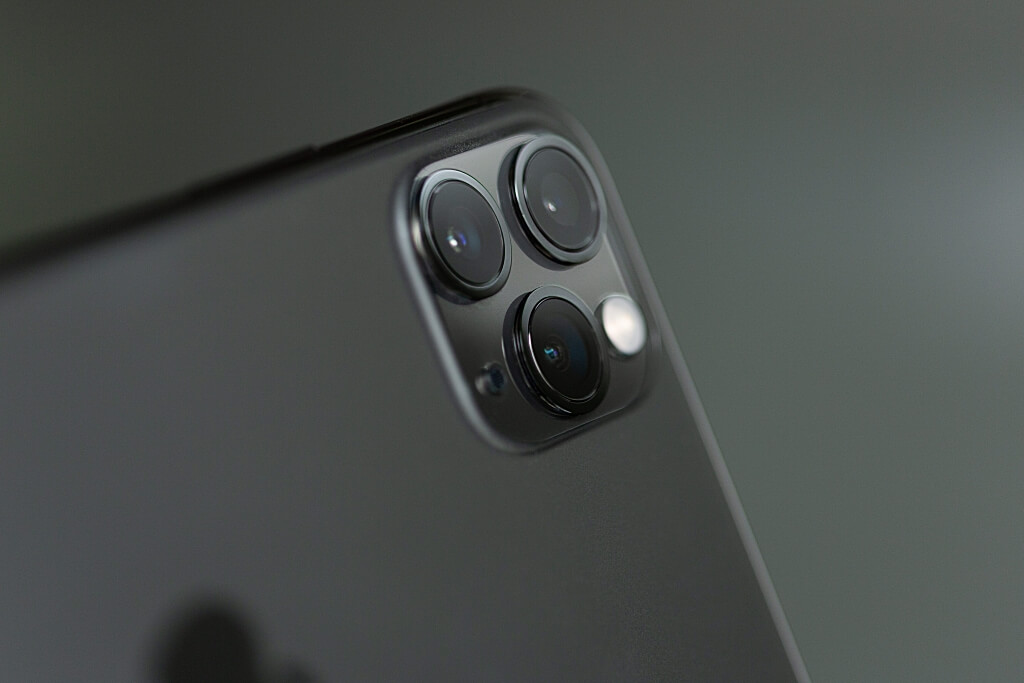
1. Clean lens – I know it’s so basic. But, invest a little time every day to clean those lenses to perfection. Use a microfiber cloth or specific lens cleaning kit, periodically (and carefully) clean your mobile device’s camera. This lets your phone or tablet’s lens work with 100 percent clarity, unimpeded by unsightly fingerprint smudges.
2. Features and functionality – As an amateur smartphone photographer all we tend to do is, point, focus and click. We never fully explore all the features of our device has to offer, like depth-effect, portrait mode, or manually adjusting the ISO of a shot.
3. OIS Technology – Optical Image Stabilisation (OIS) is the tech that helps keep the subject you’re shooting clean and crisp, even in low-light situations or, say, in a moving vehicle. It’s a popular feature in most new devices in the market and so is Hasselblad camera, if optimized correctly. It is worth spending some time learning about technology if you plan to do more than point and click.
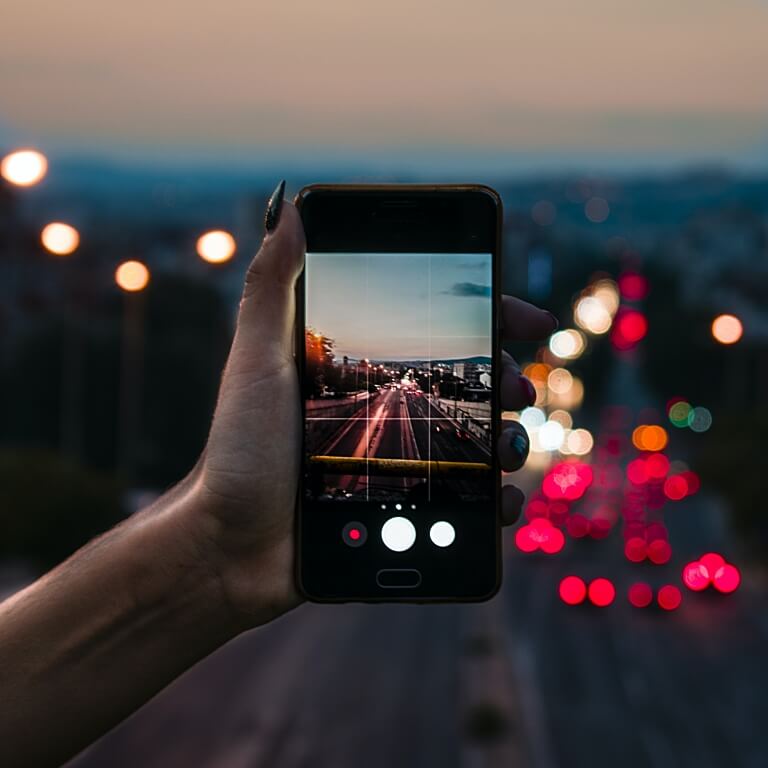
4. Shot composition – Gone are the days with grainy low-resolution pictures and limited storage. The 256GB, 512 GB and sometimes even 1TB of memory is capable of storing thousands of pictures and chipsets are optimized for smooth functionality that handles a hard grind with so much ease. So, that’s a cue for you to explore and experiment with angles and lighting. Check out our professional photography blogs to learn how to use light and angles to your advantage. Maybe a quick peak to learn the rule of thirds would help too. Be a master of the power that rests in your hand.
5. Surface play – More than point and click, explore the world of photography with just the mobile in your hand. Reflections, refractions, and even shooting underwater opens up a whole new world of new takes on common snapshot subjects like portraits. Get creative, explore and play with the endless features your phone has to offer. Most importantly, have fun doing it!
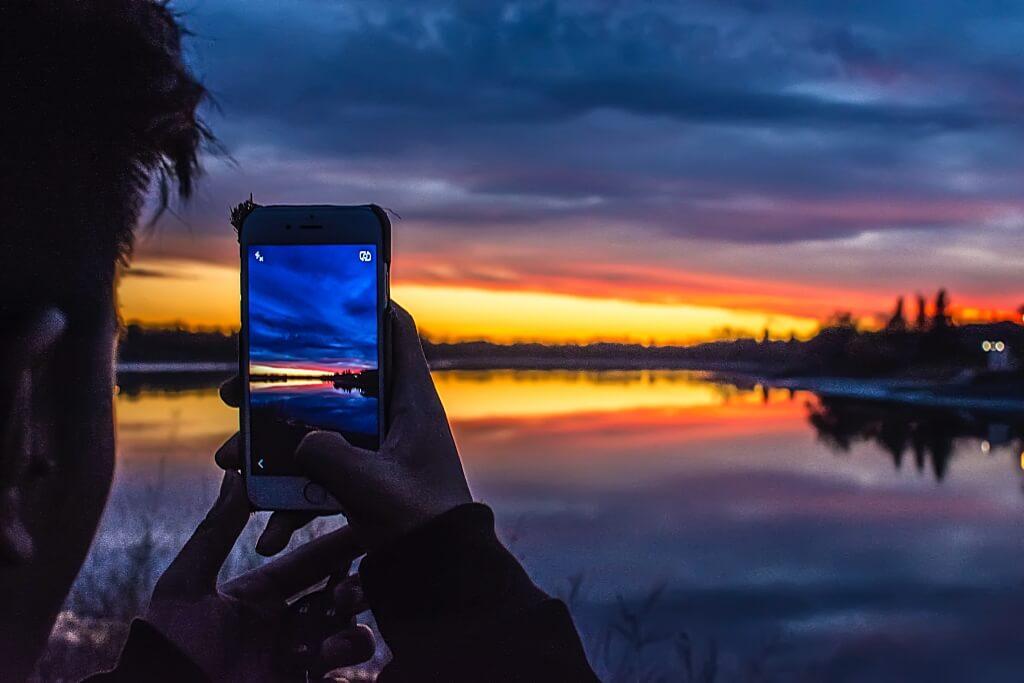
Today’s incredible and quickly evolving smartphone camera technology makes it possible to capture practically any scene — from selfies to sunsets — with the simple swipe of a finger.














